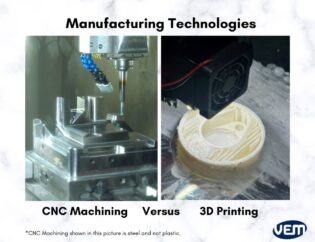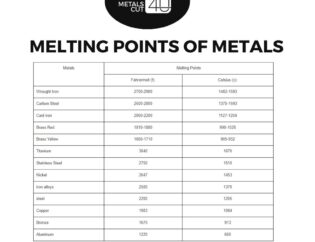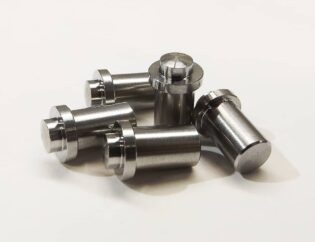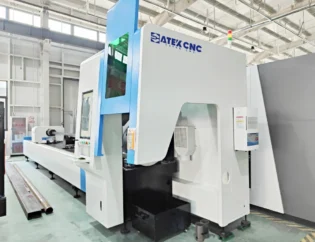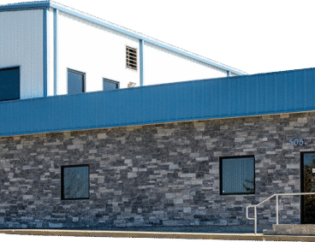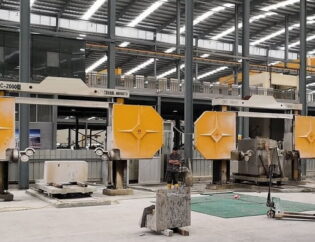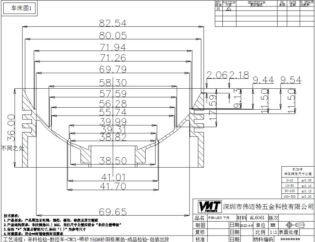Machining milling is a fundamental process in manufacturing that transforms raw materials into precise components. This guide delves into the intricacies of milling, emphasizing its significance in various industries, from aerospace to automotive. Understanding milling techniques is essential for engineers and machinists alike, as it directly impacts product quality and production efficiency.
Readers can expect to explore the different types of milling machines, tools, and techniques used in the milling process. We will cover essential concepts such as feed rates, cutting speeds, and tool selection, providing a comprehensive understanding of how to optimize milling operations. Additionally, safety practices and maintenance tips will be highlighted to ensure a safe and efficient working environment.
By the end of this guide, readers will have a solid foundation in machining milling processes, enabling them to make informed decisions in their projects. Whether you are a novice or an experienced professional, this resource will enhance your knowledge and skills, paving the way for improved productivity and innovation in your machining endeavors.
A Comprehensive Guide to the Milling Process in Manufacturing
Milling is a pivotal machining process that shapes materials into precise forms. Understanding the milling process is crucial for anyone looking to grasp how various components are crafted with accuracy and efficiency. From its historical roots to modern advancements, milling has evolved into a sophisticated method that plays a vital role in numerous industries.
Understanding the Milling Process
At its core, milling involves removing material from a workpiece using rotary cutters to achieve desired shapes and dimensions. This subtractive machining process allows for high precision and versatility, making it an essential method for fabricating parts across diverse sectors.
Technical Features of Milling
| Feature | Description |
|---|---|
| Precision | High accuracy in shaping materials, essential for complex designs. |
| Versatility | Compatible with various materials, including metals, plastics, and wood. |
| Efficiency | Quick processing with minimal waste, ideal for mass production. |
| Automation | CNC technology allows for automated and repeatable processes. |
| Surface Finish | Capable of achieving smooth finishes, critical for aesthetic and functional parts. |
Types of Milling Operations
Milling operations can be classified into several types, each serving specific purposes in manufacturing. Below is a comparison of the most common milling types:
| Type | Description |
|---|---|
| Plain Milling | Produces flat surfaces parallel to the cutter’s axis. |
| Face Milling | Creates flat surfaces perpendicular to the cutter’s axis. |
| End Milling | Used for producing slots, grooves, and complex shapes. |
| Angular Milling | Produces angular surfaces on a workpiece. |
| Straddle Milling | Creates flat surfaces on both sides of a workpiece simultaneously. |
| Gear Milling | Specifically designed for cutting gear teeth. |
| Form Milling | Produces irregular shapes using form cutters. |
| Profile Milling | Reproduces complex shapes from templates. |
| Saw Milling | Produces narrow slots or grooves using saw cutters. |
| Thread Milling | Creates threads using specialized milling cutters. |
Importance of Milling Applications
Milling applications span a wide range of industries—from automotive to aerospace—demonstrating its significance in modern production practices. The ability to create complex geometries efficiently makes it indispensable for custom fabrication and prototyping projects. For instance, companies like www.theengineerspost.com and www.xometry.com highlight the importance of milling in producing intricate components for various applications.
Historical Context of Milling
Historically, milling dates back centuries when early artisans used rudimentary tools for shaping materials like wood and stone. The advent of mechanized milling machines during the Industrial Revolution marked a significant leap forward, allowing for more intricate designs and faster production rates. Today’s milling processes have evolved dramatically, incorporating advanced technologies that enhance accuracy and reduce waste.
Modern Advances in Milling Techniques
Modern advances in milling techniques have revolutionized the manufacturing landscape. The introduction of Computer Numerical Control (CNC) technology allows for unparalleled precision and repeatability. These innovations enable manufacturers to produce complex geometries with minimal human intervention while significantly improving efficiency. Companies like www.syil.com are at the forefront of these advancements, offering cutting-edge CNC machines.
Steps in the Milling Process
The milling process involves several systematic steps to ensure high-quality outputs:
- Initial Setup: Selecting the right tools and securing the workpiece.
- Cutting and Shaping: Removing material using rotary cutting tools.
- Finishing Touches: Applying additional processes like sanding or polishing.
- Quality Checks: Measuring dimensions to confirm adherence to specifications.
Each stage plays a crucial role in ensuring that the final product meets stringent quality standards and specifications.
Safety Precautions in Milling
Safety is paramount when operating milling machines. Operators must adhere to strict safety rules, including wearing personal protective equipment (PPE) and ensuring that all safety features are functional. Regular maintenance checks are essential to identify potential hazards, such as loose parts or wear and tear.
Conclusion
The milling process in manufacturing has evolved significantly, paving the way for innovative applications across various sectors. As technology continues to advance, the milling process will likely become even more integral to efficient production. Understanding the intricacies of milling, including its types and technical features, is essential for manufacturers aiming to optimize their operations.
FAQs
1. What is the milling process?
Milling is a machining process that involves removing material from a workpiece using rotary cutters to achieve desired shapes and dimensions.
2. What are the main types of milling operations?
The main types include plain milling, face milling, end milling, angular milling, and gear milling, among others.
3. How does CNC technology enhance milling?
CNC technology allows for automated and precise control of milling machines, improving efficiency and reducing human error.
4. What industries benefit from milling?
Industries such as automotive, aerospace, and medical manufacturing benefit significantly from milling due to its precision and versatility.
5. What safety measures should be taken during milling?
Operators should wear PPE, ensure all safety features are functional, and conduct regular maintenance checks to prevent accidents.

